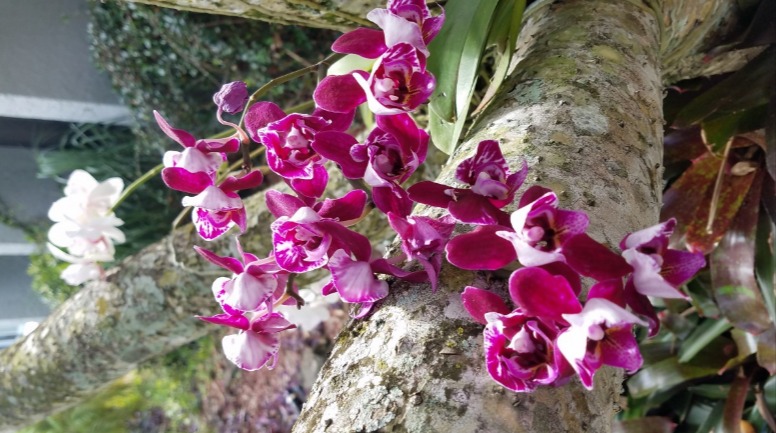If you’re planning to plant an orchid tree in your garden, there are some essential insights you must know. One of those is how to keep your plants healthy, particularly the trees, and apply proper maintenance like tree lopping.
It’s important to choose the right tree. Ideally, you want a tree with rough bark that is groovy, giving the roots a good grip on it.

1. Choose Your Tree Wisely
Orchid trees are some of the most interesting and versatile landscape plants. Their bright green leaves, colorful blooms, and sweet-smelling flowers add color to your yard and make them a unique addition to any garden.
They can also be a great centerpiece for your outdoor space and are easy to care for, making them a popular choice among homeowners. But, as with any plant, they need some help to thrive and look their best.
To keep your orchid tree happy, choose a location that provides enough light to encourage growth but not too much. Direct sunlight can burn an orchid and lead to wilted leaves or no blooms.
Choose a tree with a thick, horizontal trunk or branch that is thick enough to support the roots of your orchid. You want a tree that has bark with good texture, or what is commonly called “groovy” bark.
2. Don’t Be Afraid to do tree lopping
Whether you have a Phalaenopsis orchid, a Cattleya, or another type of tree, tree loping is essential for maintaining the health and vitality of your plant. Not only can you encourage the plant to grow bigger roots and blooms, but pruning helps prevent disease and fungus.
It is also an opportunity to remove any dead or dying roots. This can make the process of repotting less stressful for your orchid.
You can prune your tree while it is still in the flowering stage, or at any time of the year. Regardless of which method you choose, be sure to use sharp scissors and don’t cut the plant too aggressively. However, it is advisable to contact a certified arborist to ensure trees will be properly lopped.
Most types of orchids produce spikes as a flower structure, and once the plant has finished blooming, it needs to be trimmed back. This will encourage new flower spikes to appear in the future.
3. Make Sure Your Tree Gets Plenty of Sun
The sun plays a big role in the photosynthesis process that trees use to synthesize food from carbon dioxide and water. Without enough sun, your tree can be weakened and even killed.
As a result, it’s important to choose the right spot when planting your tree. For example, most fruit trees need full sun (at least 6 hours of sunlight a day) to produce fruits.
To get the best results, be sure to plan your tree’s location well in advance. Consider the direction of your home’s windows and where the sun will be during the day.
Once you’ve chosen the perfect spot, be sure to keep an eye on your tree’s progress in the first few months of its life. If it’s doing well, you can gradually increase the amount of sunlight it receives in small increments until it’s fully acclimated to its new location. This will give it the best chance to thrive and provide you with many years of beautiful orchids!
4. Don’t Be Afraid to Water
Many orchids are epiphytes, which means that they cling to tree branches rather than delving into the soil. This makes them ideal houseplants.
These plants are also hardy and do well in warm, stable climates – even in the deep south and coastal areas. However, some orchids require specific conditions to thrive, so it’s important to choose the right one for your garden and your space.
If you want to keep your plant happy when it is being removed from the orchid garden, it’s important to water it regularly. Different cultivars require different watering requirements, so be sure to research the proper care for your particular orchid to make sure you’re providing it with plenty of moisture.
